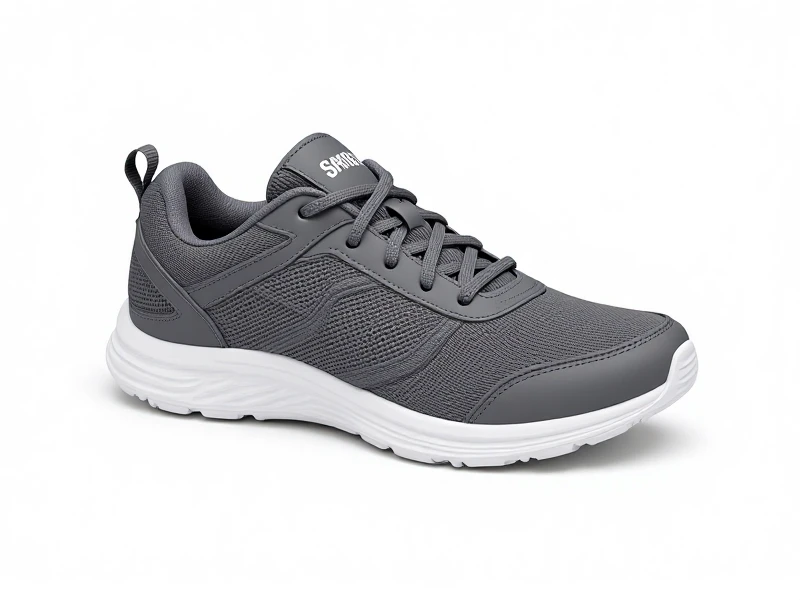
The Ultimate Guide to Finding Your Perfect Pair of Running Shoes
Choosing the right running shoes is crucial for performance, injury prevention, and overall enjoyment of your runs. With countless options available, understanding key factors can transform your running experience.
Why Proper Running Shoes Matter Running shoes are engineered to absorb impact—up to three times your body weight with each stride. The correct pair stabilizes your gait, reduces joint stress, and prevents common injuries like shin splints or plantar fasciitis. Athletes often notice improved speed and endurance simply by switching to properly fitted footwear.
Key Selection Criteria
- Foot Type & Gait: Determine your arch (neutral, low, or high) and pronation pattern. Specialty stores offer gait analysis to identify whether you need neutral, stability, or motion-control shoes.
- Cushioning Levels: Options range from minimalistic styles for natural ground feel to maximum cushioning for long-distance comfort. Consider your preferred running surface.
- Weight & Responsiveness: Lightweight designs enhance speed for races, while slightly heavier models offer durability for daily training.
Popular innovations like Nike's React foam and Brooks' DNA Loft provide adaptive cushioning that adjusts to your stride. Brands like ASICS and New Balance also incorporate sustainable materials into new collections without compromising support.
Trial & Maintenance Tips Always test shoes later in the day when feet expand. Walk and jog in-store, ensuring a thumb's width of space at the toe. Replace running shoes every 300-500 miles; worn treads or uneven compression indicate it's time for new pair.
Investing time in selecting the right running shoes pays dividends in comfort and performance. Your ideal match supports your ambitions—whether conquering 5Ks or marathon goals—while keeping you injury-free mile after mile.